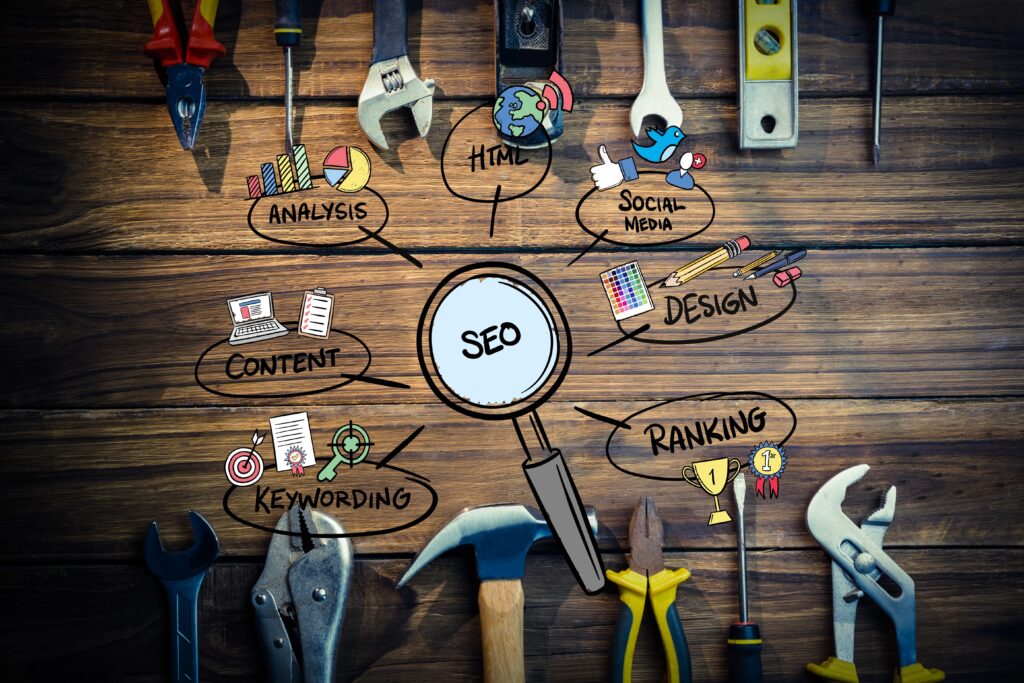SEO in 2025: What Is Still Effective and What Is Not
Search Engine Optimization (SEO) has always been a moving target—and 2025 is no different. With Google’s algorithm evolving rapidly, the rise of AI, and shifting user behavior, it’s crucial to separate what still works from what’s no longer effective.
Whether you’re a small business owner, a marketer, or just someone trying to keep your website visible, this guide breaks down what you should focus on—and what to leave behind—in SEO for 2025

1. High-Quality, Helpful Content
Content that truly helps and responds to user intent is still rewarded by Google’s algorithms. Long-form blog posts, how-to guides, and relevant landing pages are still key to ranking well.
Pro Tip: Focus on E-E-A-T (Experience, Expertise, Authoritativeness, and Trustworthiness) to build credibility with both users and search engines.
2. Mobile Optimization
With mobile-first indexing now fully implemented, a responsive, fast, and user-friendly mobile website is no longer optional.
Pro Tip: Make sure your site is fully responsive, loads in under 3 seconds, and offers a smooth mobile navigation experience.
3. User Experience (UX) & Core Web Vitals
Google still prioritizes sites that offer a good experience—fast load times, low bounce rates, and high engagement.
Pro Tip: Regularly audit your Core Web Vitals using tools like Google PageSpeed Insights or Search Console and fix any red flags.
4. Keyword Research & Semantic Search
While keyword stuffing is outdated, smart keyword usage is still very relevant. In 2025, it’s about matching the intent behind the keywords—not just the exact phrase.
Pro Tip: Use tools like Ubersuggest or SEMrush to identify long-tail, conversational keywords that match voice and AI-powered searches.
5. Structured Data (Schema Markup)
Structured data helps search engines better understand your content and can enhance your appearance in search results (e.g., featured snippets, reviews, FAQs).
Pro Tip: Add schema markup for articles, products, events, and FAQs to improve your click-through rates (CTR).
❌ What No Longer Works (Or Could Hurt Your Rankings)
1. Keyword Stuffing
Overusing the same keyword repeatedly now triggers spam signals and can damage your rankings.
Outdated Practice: “Best digital marketing expert in Abu Dhabi best digital marketing Abu Dhabi top Abu Dhabi marketing expert…”
Better: Use natural language that flows well while still targeting key phrases strategically.
2. Low-Quality Backlinks
In the past, any backlink could help—but now, spammy, irrelevant, or paid links can lead to penalties.
Pro Tip: Put your energy into obtaining backlinks from reputable, pertinent websites. Guest posts, interviews, and content collaborations work well.
3. Thin or Duplicate Content
Google’s AI can now detect and penalize thin or copied content faster than ever. Simply duplicating what others have written won’t work anymore.
Pro Tip: Always aim to bring something new—unique insights, original data, or a fresh perspective
4. Over-Optimization of Anchor Text
Using exact-match anchor text for every internal or external link can now look manipulative.
Pro Tip: Use a natural mix of branded, generic, and long-tail anchor texts for better balance and authenticity.
5. Ignoring Voice and AI Search Trends
More users are searching using voice assistants or AI-powered tools. You’re losing out if you don’t optimize your content for conversational queries.
Pro Tip: Incorporate FAQ sections and question-based headers to align with how people speak and search.
